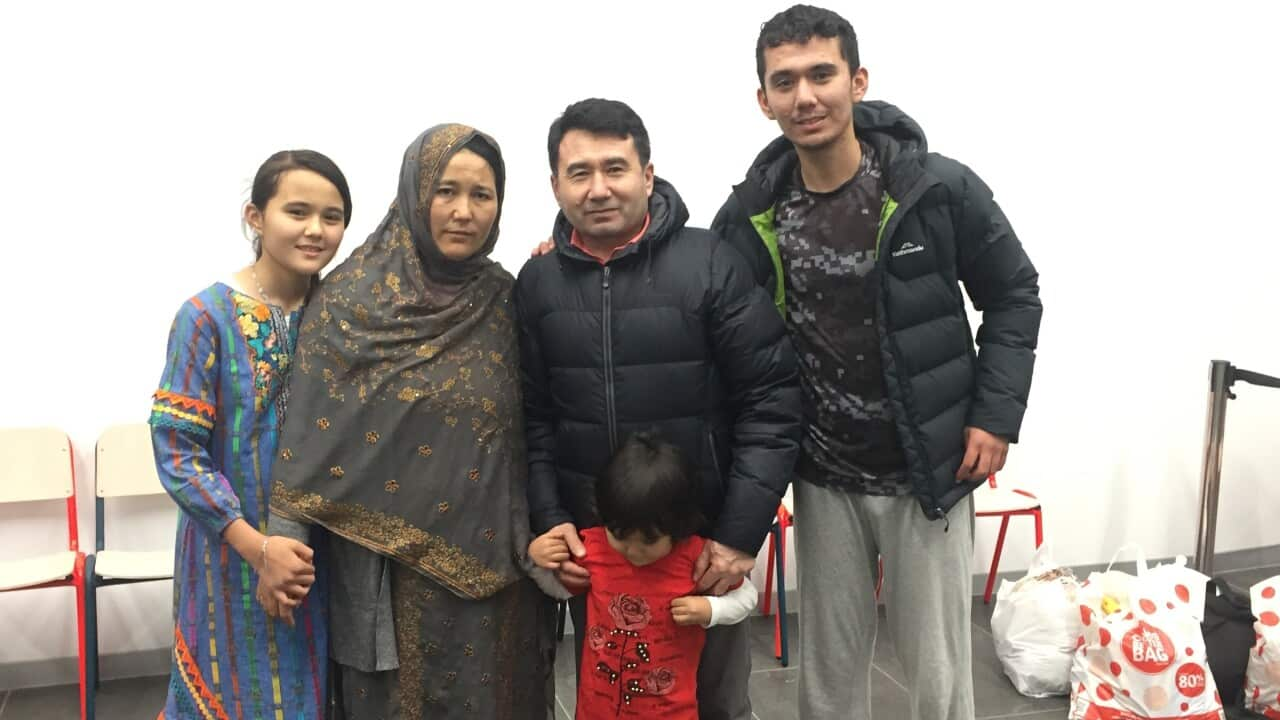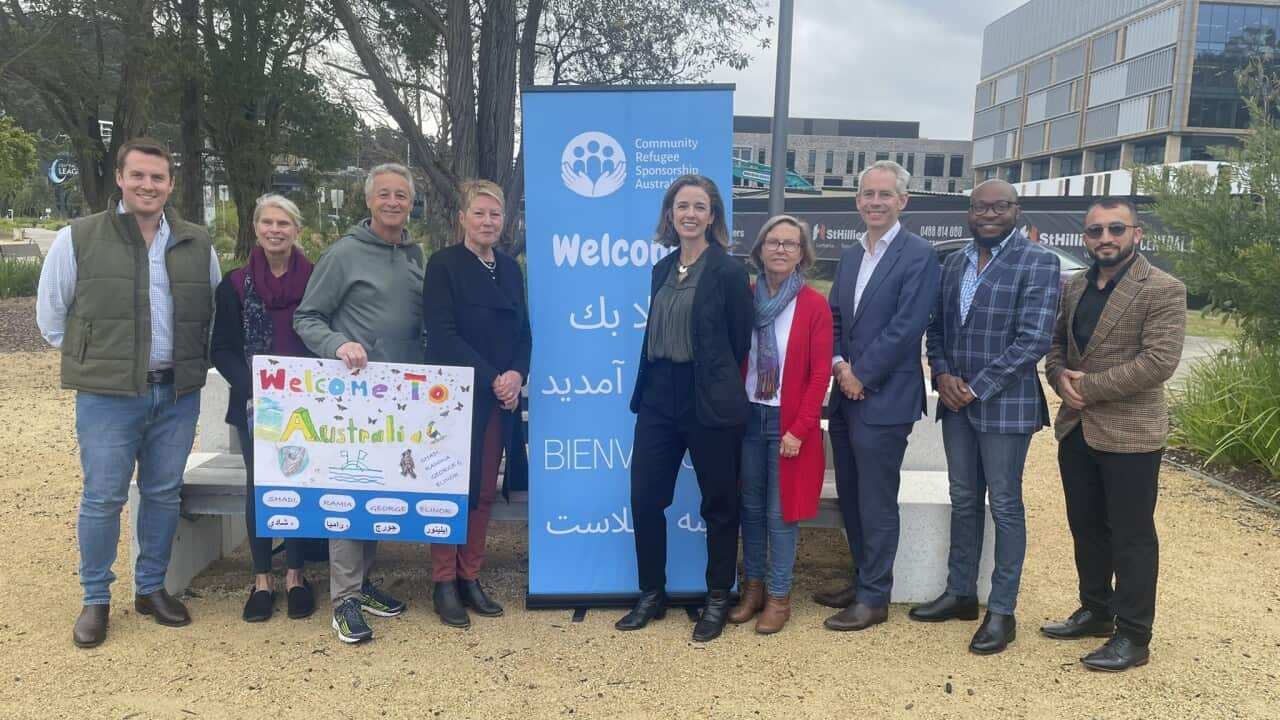Key Points
- A report has found major Australian cities are welcoming places for newly arrived refugees.
- It examined settlement cities - where refugees begin their lives in the country when they first arrive on visas.
- But the report said expertise and support for refugees from mainstream services was unevenly distributed.
Afghan refugee Hamid Arfany is living in the Victorian city of Dandenong and says he has felt welcome in the community from the start.
He was among those to have taken up residence in a settlement community with family members.
"We have everything we need in Dandenong. There are other members of our community living nearby, we can buy the food and other things we are familiar with - and the local council has programs that support us," he said.
"We feel comfortable because there are many people from many places across the world. We are not different - in Dandenong, being from somewhere else is normal."
Major Australian cities have been found to be welcoming places for newly arrived refugees.
A report by the Edmund Rice Centre and migrant settlement agency AMES Australia found 'settlement cities' - referring to Local Government Areas (LGAs) which settle a large share of refugees during their first years in Australia - made them feel at home quickly.
The LGAs include Fairfield and Liverpool in Sydney and Dandenong, Casey and Hume in Melbourne.
The report describes the settlement city 'model' not as a formal one, but instead the qualities these LGAs have come to share that facilitate refugee resettlement.
While the model for refugee arrivals was unintended by policy makers, it was having a positive effect.
"Refugees who have this community support find it helps them settle quickly and relatively easily in their new home," the report said.
"These communities complement formal settlement services in assisting with settlement support and orientation in the early days after arrival, offer a sense of familiarity, early opportunities for belonging and inclusion and sustain ethnic businesses that provide familiar goods and services."
Most refugees surveyed for the report were positive about where they live in Australia and value the communities that accept them.
While there have been levels of success for settlement cities, the report said expertise and support for refugees from mainstream services was unevenly distributed.
"Some mainstream services are still being delivered in ways that impose physical, digital and cultural barriers to access for refugees," the report said.
"Even when mainstream services are accessible, moreover, refugees' lack of familiarity with them can reduce confidence to seek help and limit engagement."
The report has called on the government to expand humanitarian visa policies that allow for the creation of settlement cities.
AMES Australia chief executive Cath Scarth said the success of settlement cities reinforced the need for an expansion of them to other areas.
"Securing employment and housing, like any other Australians, are priorities for newly arrived refugees. And we can see from the research that having welcoming cities and communities can help deliver these aspirations," she said.
"The vibrant multicultural communities that welcome refugees provide a familiarity and sense of belonging that help refugees develop a stake in the communities where they live."



